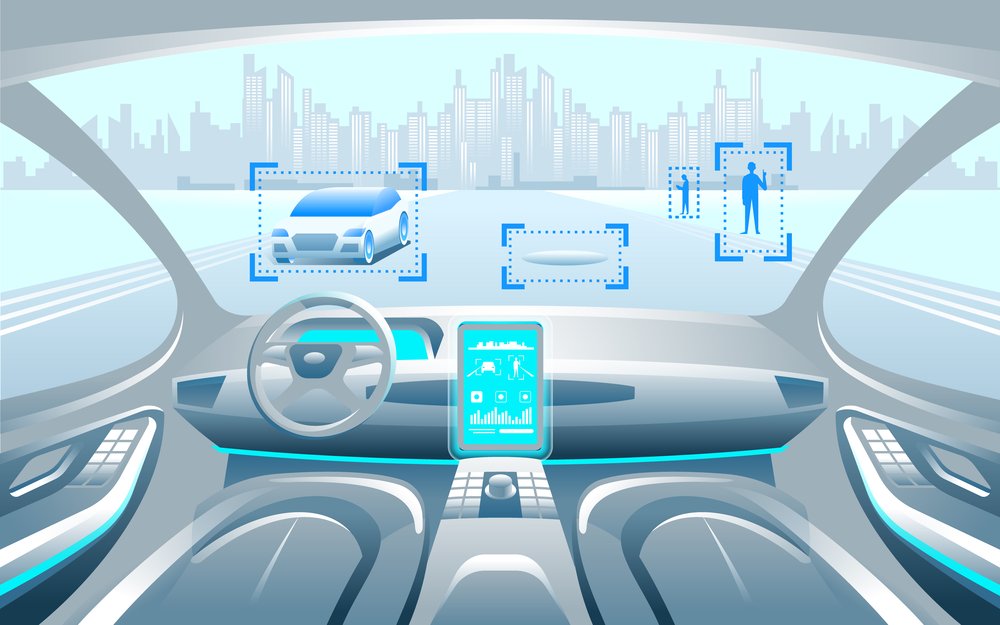
Autonomous driving is no longer a futuristic concept — it’s here and reshaping the automotive industry.
A new report by James Jeffs, principal technology analyst at IDTechEx, titled Autonomous Vehicles Market 2025–2045: Robotaxis, Autonomous Cars, Sensors, highlighted key advancements in the sector and predicts significant growth in the coming decades.
Slow adoption of Level 3 technologies
Despite their availability since 2021, level 3 autonomous technologies — allowing hands-off, eyes-off driving in specific scenarios — are growing slower than anticipated. Honda was the first to certify this technology with its Legend Ex in Japan, followed by Mercedes in 2022, which introduced its Drive Pilot system in Germany and later in parts of the U.S. BMW also joined the ranks in 2024 with the 7 Series. Tesla has announced plans to deploy level 3 capabilities in Texas and California by 2025.
However, Jeffs points out that these technologies remain limited in deployment and heavily regulated.
“OEMs and legislators are cautious,” he noted. “While level 3 has potential, liability concerns and technical barriers restrict its expansion.”
The rise of Level 2+ technologies
Level 2+ systems, which allow drivers to take their hands off the wheel but require their eyes on the road, are gaining traction. With fewer regulatory hurdles and the driver remaining liable, these systems are easier to deploy and more widely accepted. General Motors’ Super Cruise and Ford’s BlueCruise are already available across North America and parts of Europe.
“Level 2+ technologies are becoming mainstream, offering OEMs a stepping stone to more advanced systems,” Jeffs explained.
According to the report, the hardware for level 2+ vehicles closely resembles level 3 systems, with the main difference being the inclusion of LiDAR in higher-level models.
Robotaxis: ‘Hockey stick’ growth moment
Robotaxis are emerging as a game-changer in autonomous driving. Companies like Waymo in the U.S. and Baidu’s Apollo Go in China are leading the charge, with deployments in cities like San Francisco, Los Angeles, and Wuhan.
Baidu’s aggressive expansion in Wuhan, operating a fleet of 500 vehicles across 1,200 square miles, has garnered attention, especially for its competitive pricing — 80 per cent cheaper than traditional taxis. Meanwhile, Waymo continues to grow its footprint, recently adding Austin and Atlanta to its operational map.
“Robotaxis are at an inflection point,” Jeffs says. “The industry is seeing rapid expansion, and 2024 will likely be remembered as the moment when robotaxis moved from niche to mainstream.”
What’s next for autonomous vehicles?
The IDTechEx report anticipated that the next decade will see significant advancements in legislation, technology, and consumer acceptance of autonomous vehicles. With level 2+ dominating for now and robotaxis expanding, the foundation is being laid for higher-level autonomous systems to flourish.
“Autonomous driving is no longer a distant dream,” Jeffs wrote. “It’s a reality that’s transforming mobility and society.”
Image credit: Depositphotos.com













Leave a Reply